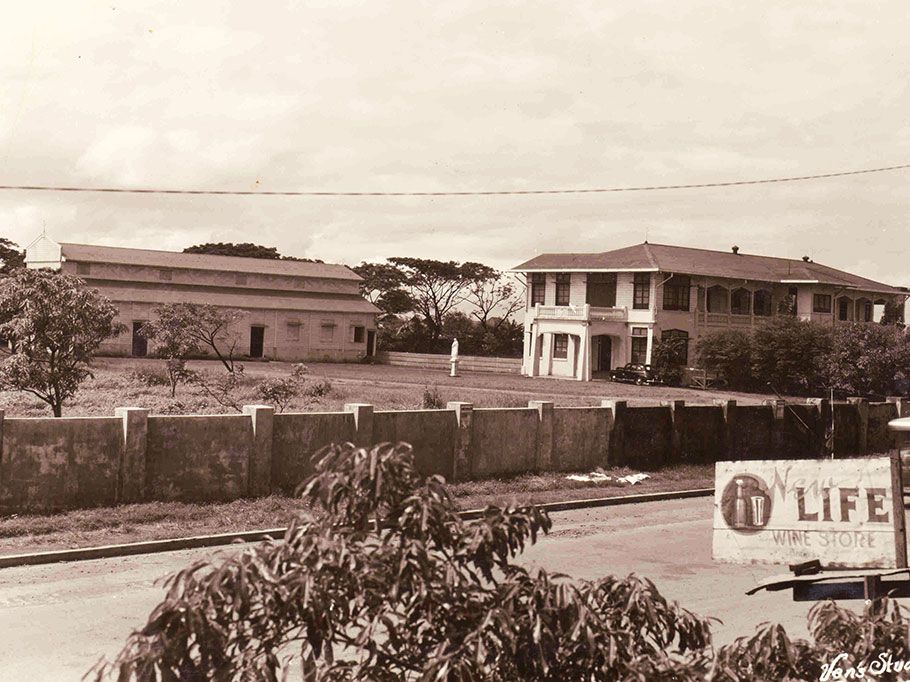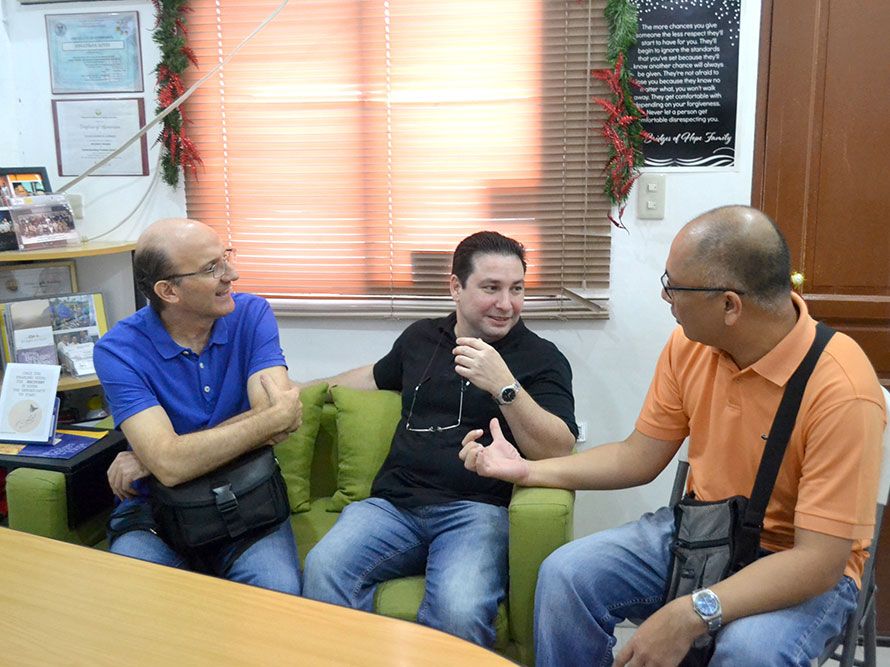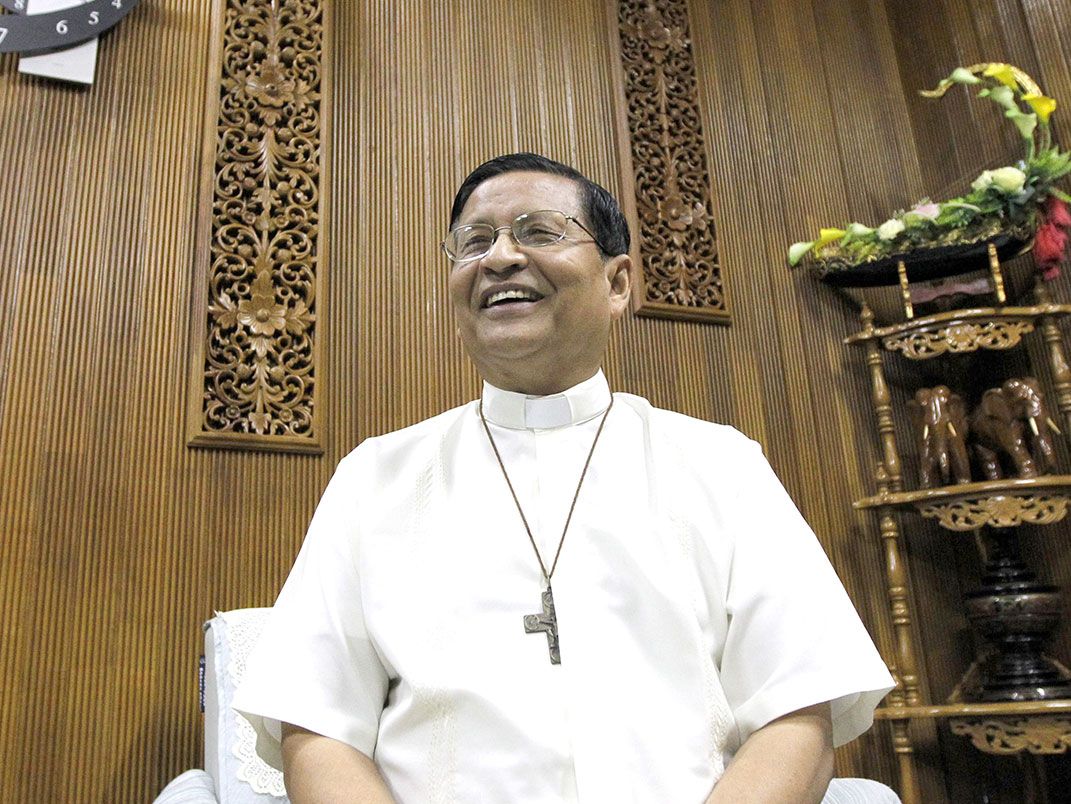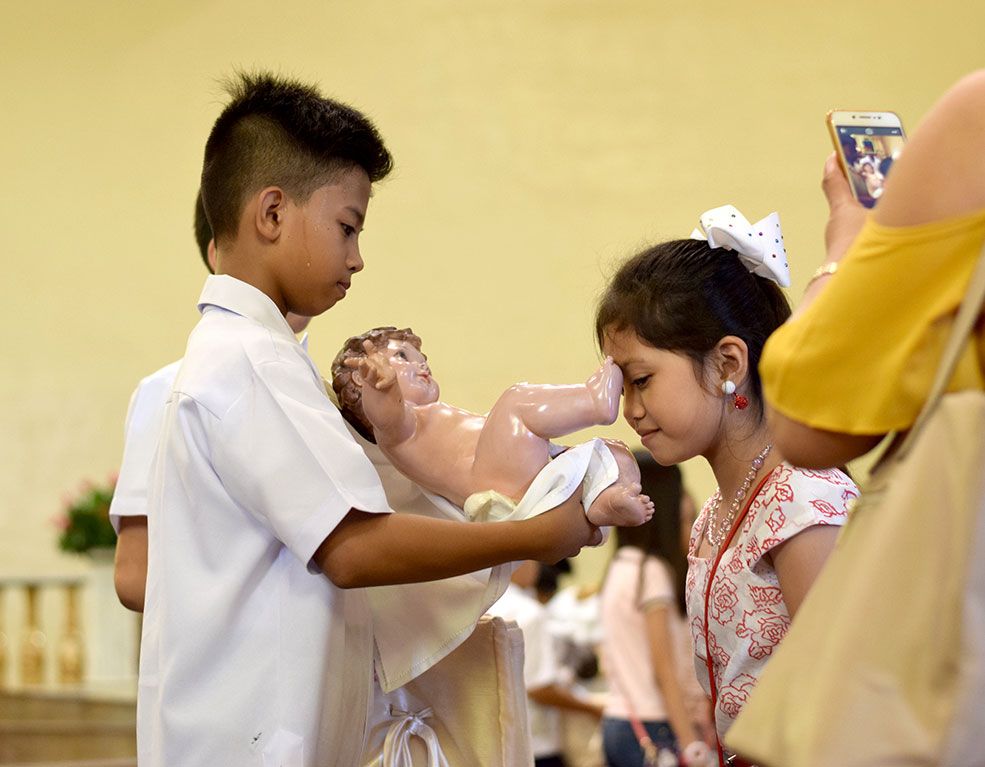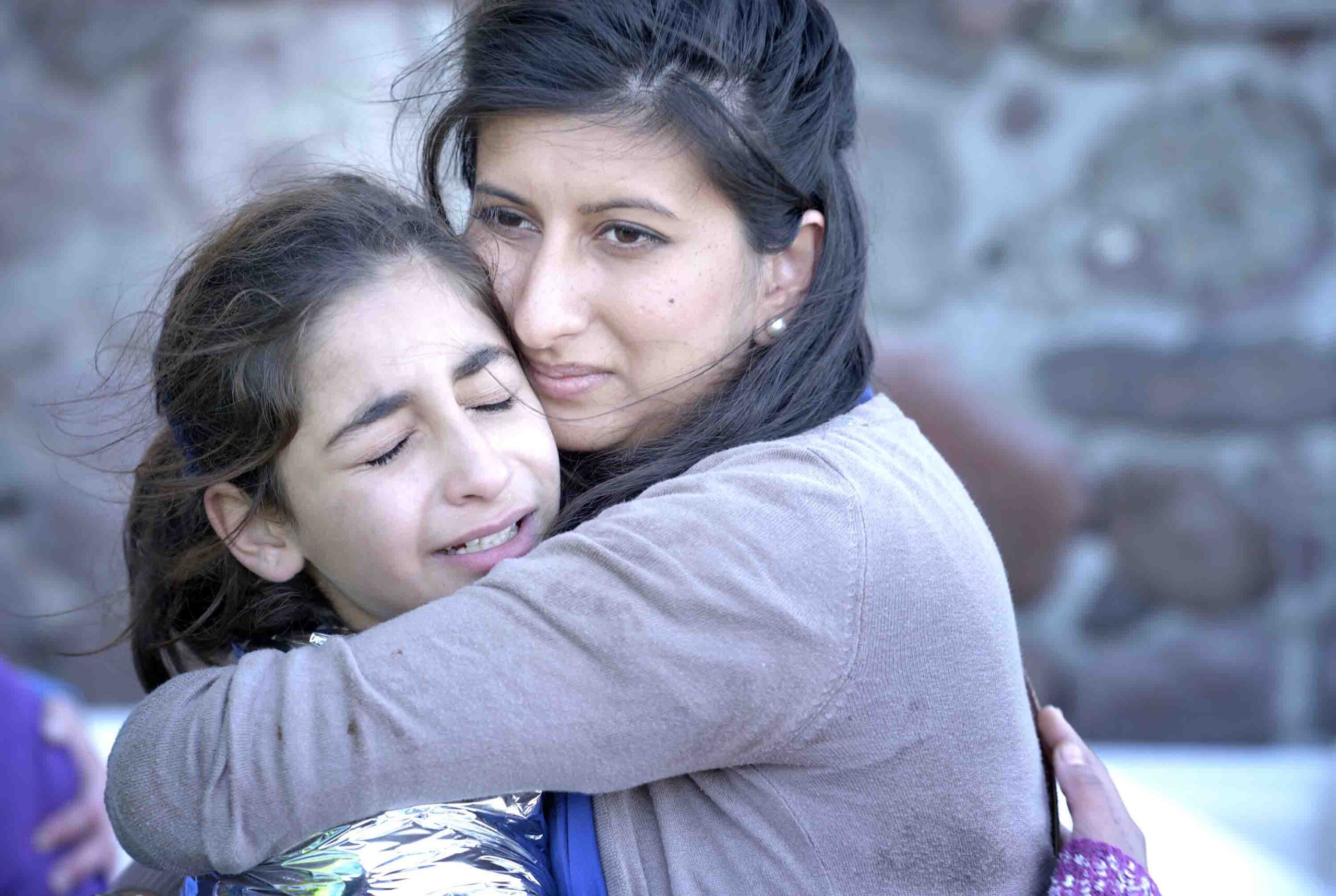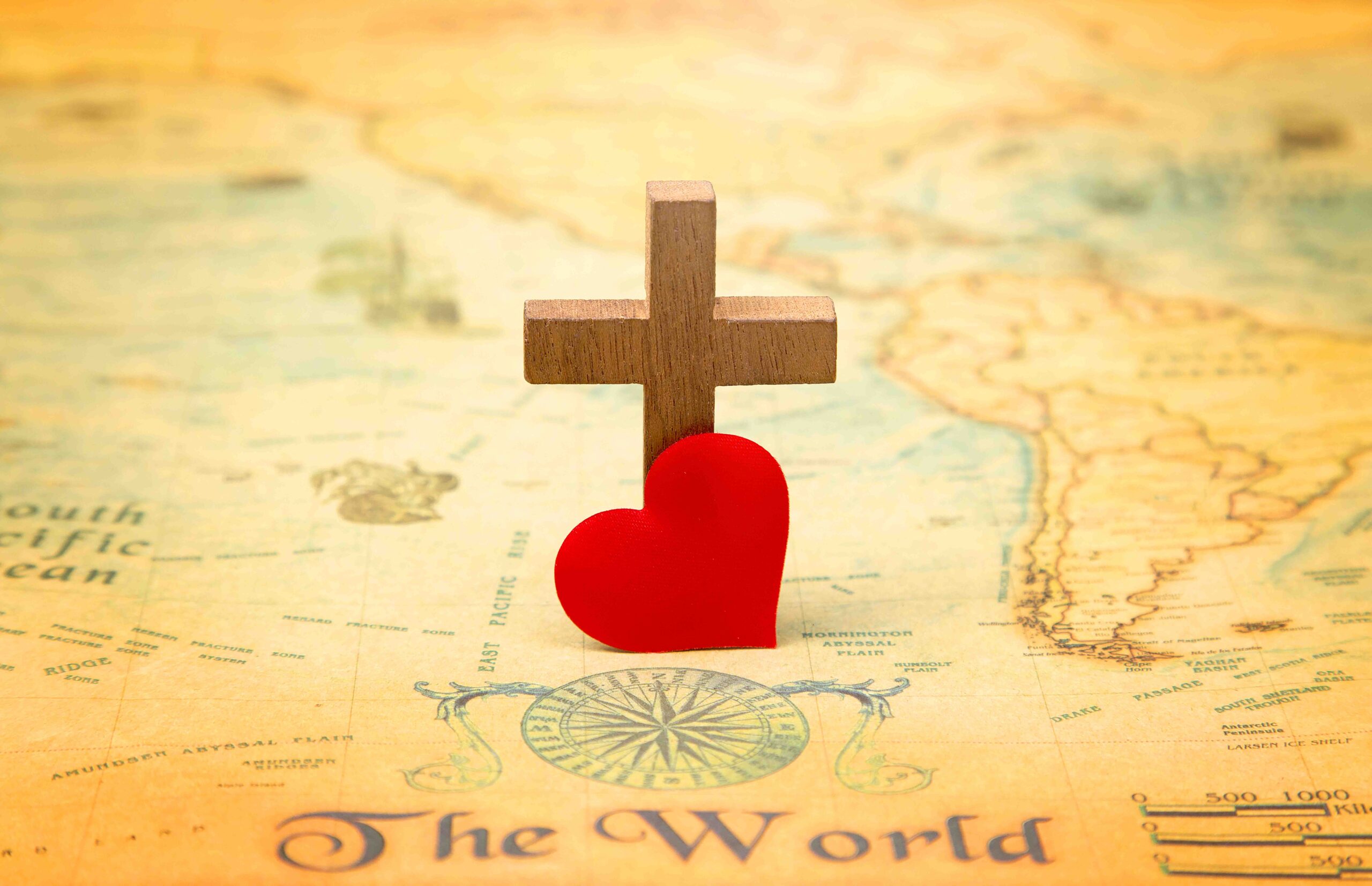Msgr. Jose Jovellanos, former vicar general of the Archdiocese of Manila, once stated that the Baclaran novena to Our Mother of Perpetual Help was the greatest single factor in the renewal of faith in post-war Philippines. It has become part of the Filipino popular religious tradition which is not limited to a specific place and time. It is everywhere and held throughout the year which makes it, indeed, perpetual.
The Baclaran Church is still for many the place to go to especially on Wednesdays and even on other days and nights. It is the only church in the Philippines that never closes. This is where politicians, movie stars and prostitutes come to pray even during unholy hours when everybody else is asleep. This is where OFWs (Overseas Filipino Workers) come to pray before flying to various parts of the world to pursue their dreams of a better life. The National Shrine has become part of a popular religious culture.
The immense crowds who come to Baclaran each Wednesday bring to the Mother of Perpetual Help their sorrows and joys, their petitions and their thanksgivings. They pray together and for each other’s needs – sickness, poverty, trials, uncertainties, temptations. And when their petitions are granted, everybody shares in their happiness.
Simple Faith
Virginia Fabella describes this phenomenon: “Throughout the day, more than 100,000 devotees pray the perpetual novena in Our Mother’s honor. They fix their eyes on the icon above the main altar, (also believed to be miraculous), as they recite the novena prayers, make their petitions, and render thanks for favors granted. Before leaving they light a votive candle to make sure their pleas remain beneath Our Mother’s gaze. Whether in Quiapo or in Baclaran or in some other church or shrine, what these people manifest is their religiosity, or, in the words of Filipino theologian Carlos Gaspar, the ‘subjective, simple, inculturated faith’ of the Filipino.”
This inculturated faith is characterized by trust in God, church attendance, seeking of favors if not miracles. Its practices include the lighting of candles, walking on knees, making a vow, offering flowers and prayer intentions. For the devotees, these prayer intentions normally include but are not limited, to financial help and assistance, local and foreign job applications, recovery from illness, good health, as well as peace and harmony within the family.
One unique practice that devotees show in their desire to come close to the Blessed Mother is by silently queuing to touch the Blessed Sacrament that is placed under the icon. Every Wednesday, after the last novena, people line up silently, waiting for their turn to touch the Blessed Sacrament. Nobody rushes; each takes his or her time to be in silent communion with Jesus in the Blessed Sacrament and at the same time experience to be at the foot of the icon of the Our Mother of Perpetual Help. Some devotees simply sit on the floor of the sanctuary either gazing at the icon or praying to the Blessed Sacrament, deeply communing with Mary and Jesus in the sacred space provided for prayer.
Mary, Channel of Grace
To the devotees, the icon of Our Mother of Perpetual Help portrays Mary as the channel of grace and blessings. Through her intercession, God’s grace and blessings are bestowed on the faithful.
The icon shows Mary, the Mother of God, giving comfort and assurance to her Son. It also suggests her own participation in the saving mission of Jesus. Her compassionate gaze at the beholder is an invitation to come to her for comfort and to be in communion with her Son’s suffering that brought redemption and salvation. Mary’s gaze directed at the beholder of the icon and her hand that points to the child are an invitation to the devotee to be part of this drama of redemption.
She is seemingly saying to the devotees, “follow the way of my Son, the way of the cross, embrace suffering, carry your cross that will lead to redemption, suffer with Him as I did.” In a way this means actively participating in Christ’s mission and having the readiness to sacrifice, to embrace the cross, to fulfill the redemptive and liberating mission.
Since Vatican II, the Redemptorists have made a substantial revision of the novena that stresses the social and missionary dimension of the devotion. Besides praying for one’s personal intentions, the devotees are urged to pray for the needs of the community and society.
This includes praying for peace, justice and the integrity of creation. The emphasis on debo-misyon – coined from the tagalog terms debosyon (devotion) and misyon (mission) – is promoting a sense of mission among the devotees – to actively participate in the church’s evangelizing mission, to care for the poor and to care for the earth, to be of service to others.
Devotion – Mission
The debo-misyon missiological thrust of Baclaran Shrine is deepened as we look to Mary as a woman of faith who can help us proclaim the message of salvation to all and to enable new disciples to become evangelizers in turn. In this regard, Mary becomes the best model as we contemplate on her humility and tenderness. In her there is the interplay of justice and tenderness as well as the interfacing of contemplation and concern for others.
However, in spite of the best efforts of the Redemptorists to inject a more relevant and social orientation to the devotion to the Mother of Perpetual Help, it appears that the meaning of the icon of Our Mother of Perpetual Help as the Mother who answers all their needs and showers them with blessings and graces continues to dominate the minds and hearts of the ordinary faithful and devotees.
What appeals to the vast majority is the miraculous character of the icon of Our Mother of Perpetual Help who answers their prayers and supplications. She is the Mother ever ready to help us. Hence, Baclaran Church serves as a beacon of light for people out there in the pitch darkness of the night. It lies at the crossroads of people’s pain and struggles and also of their hopes and joys; and is open 24 hours a day from Monday to Sunday. Through sunshine and rain, earthquakes and typhoons, dictatorships and people power, devotees find a place to sit still under the gaze of a loving Mother who bridges them to God. Here the poor come home to the bosom of God who does make possible a plentiful redemption.




